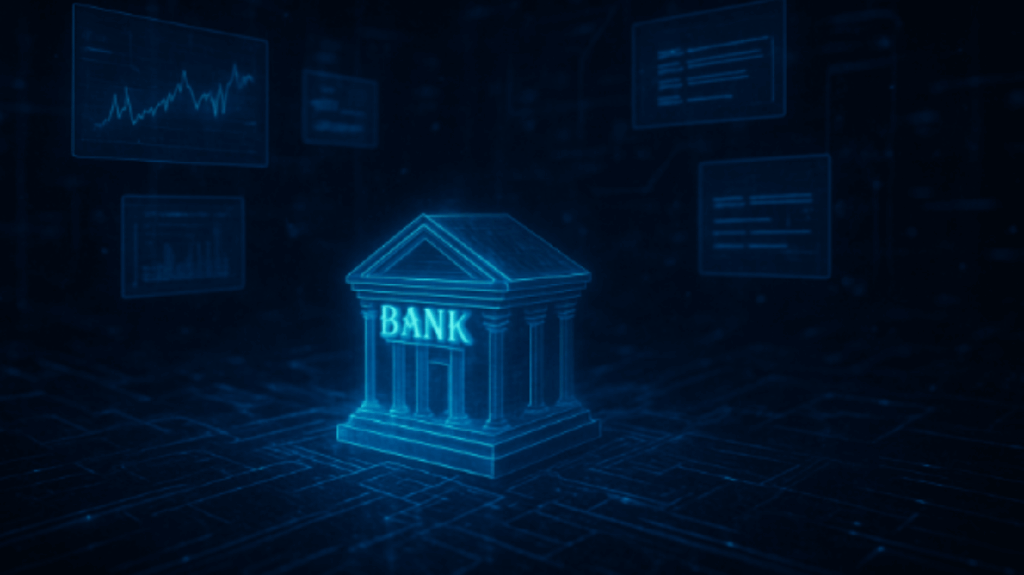From Legacy to Innovation: The Ongoing Transformation of Banking through Technology
As the banking sector transitions from traditional systems to cutting-edge technology, the evolution is paving the way for a brighter future in digital banking. Leena Kallakuri, the Vice President of Software Application Engineering at Capital One, delves into the strategic initiatives reshaping the landscape of digital banking for the better.
Slower Progress in Technological Evolution
Unlike many other industries, banks have been relatively slow in embracing new and emerging technologies. Challenges related to integration, developing new functionalities, and transitioning legacy systems to modern technology have contributed to a cautious approach towards technological adoption.
This cautious stance has reinforced a prevalent culture of risk aversion within the banking sector, intensifying common business challenges such as escalating costs, time constraints, and diminished returns on investment when the implementation of newer technologies falls short of expectations.
One of the primary hurdles hindering swift technological advancements in banking is the heavily regulated nature of the industry. The stringent compliance measures inherent in banking operations act as a significant impediment to the rapid deployment of innovative technologies and enhanced customer experiences.
Research indicates that 30% of banks encounter difficulties in executing digital transformation initiatives successfully, underscoring the industry’s struggle to adapt to the fast-evolving digital landscape.
Meeting Consumer Demands with Digital Innovations
Despite the relatively gradual adoption of advanced digital technologies in banking, customer expectations regarding service quality and offerings remain high. To effectively navigate the path towards modernization, banks must align their technological evolution with overarching business objectives and leverage innovative solutions to achieve and sustain competitive advantages.
Key initiatives to facilitate a seamless transition to modernization include conducting a comprehensive assessment of the organization’s existing technology infrastructure and identifying opportunities for strategic enhancements.


